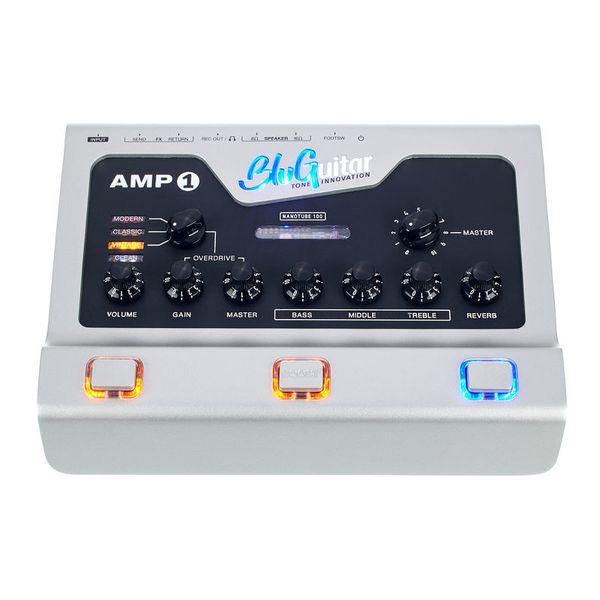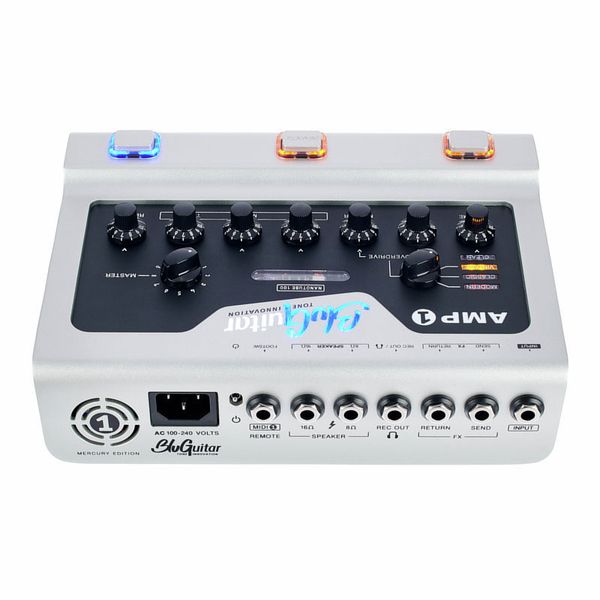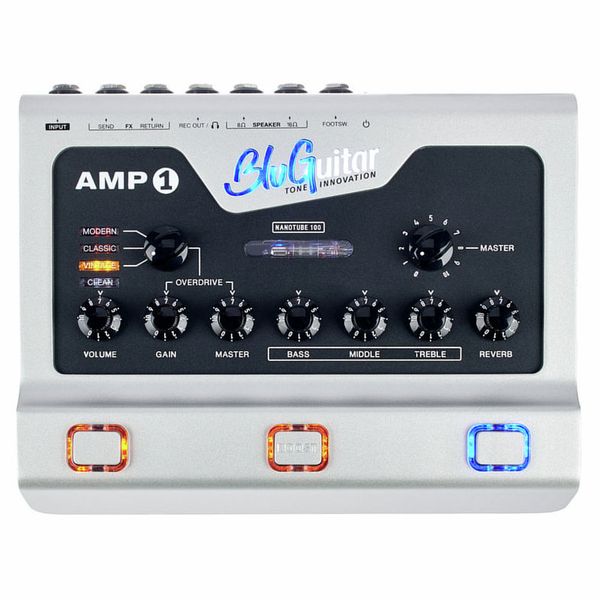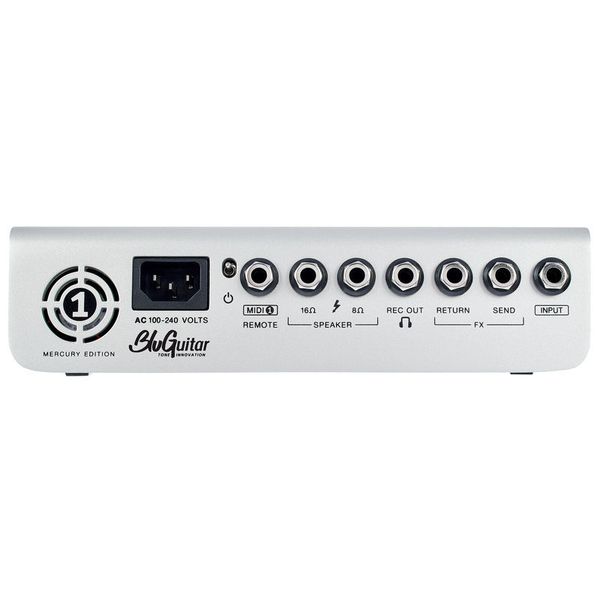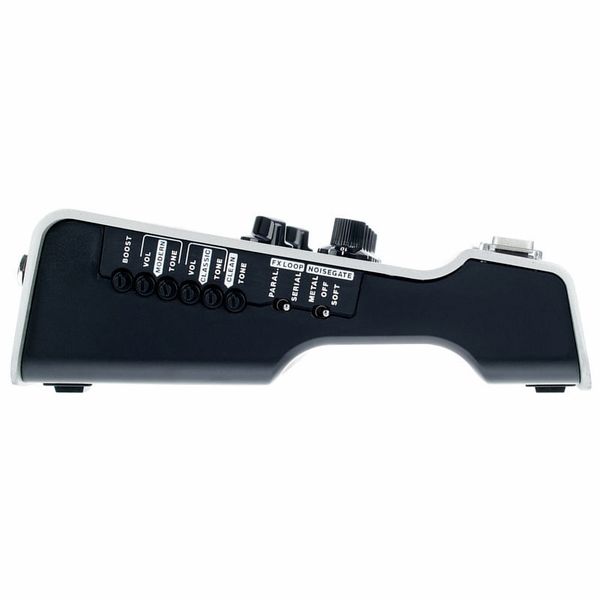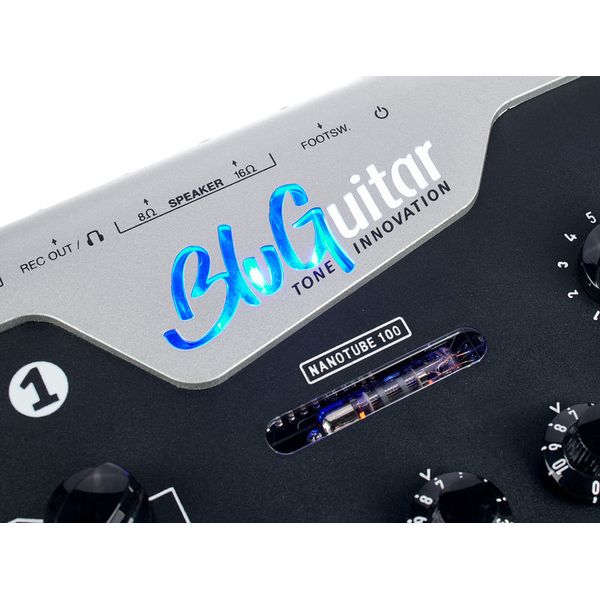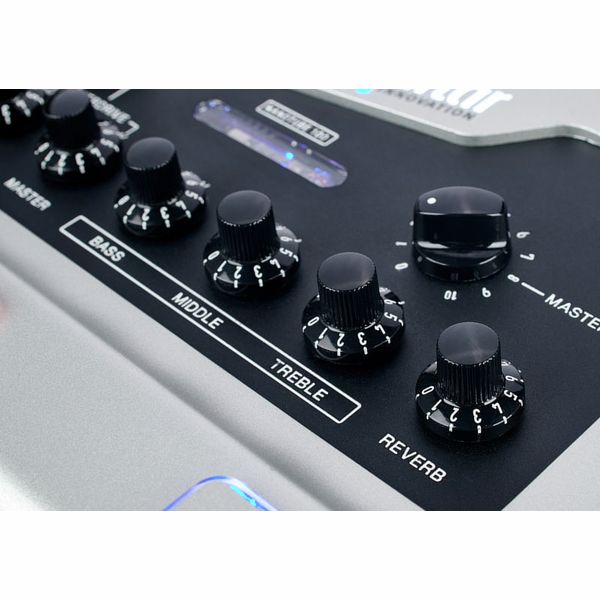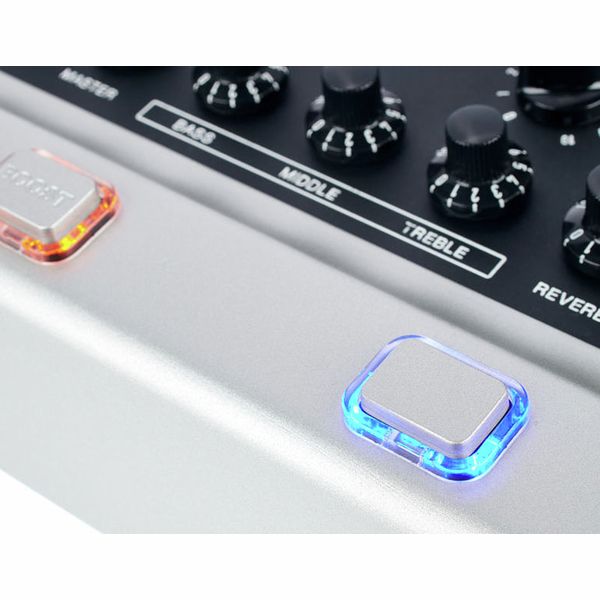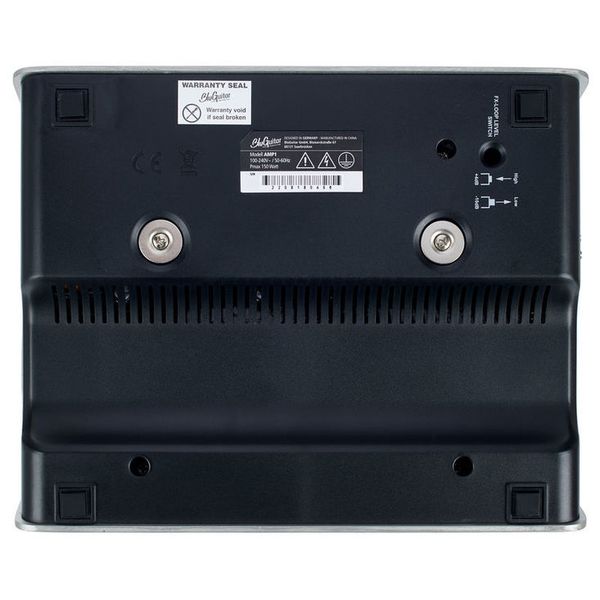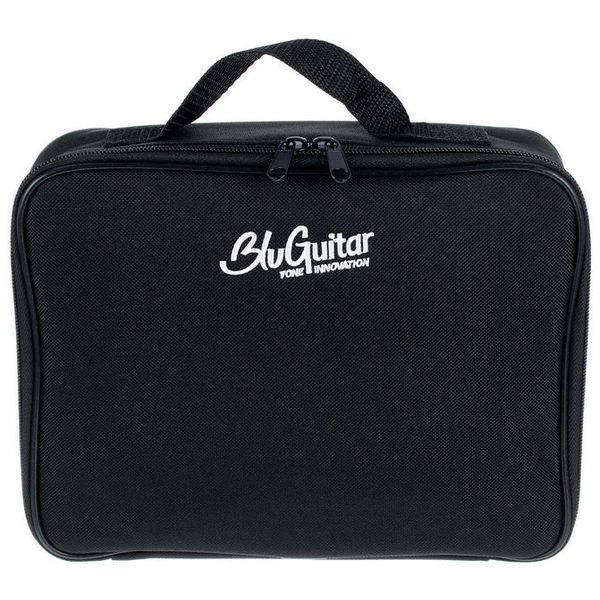Yes, it sounds like a Marshall:
I fiddled with the tone knob to get the amp to sound exactly like my JCM800 - cranked. And it did. After figuring out how to use a midi pedal to turn the power soak and effects loop on, it sounds even more like my 80's Marshall rig but better. I can't stop sneaking into my studio for a play. It just sounds great.
Compared to modelers:
With my modelers, my guitars all sounded more or less the same: dead, no dynamics, razor-fuzz-sound. With the Amp1, my Strat sounds like a Strat and my LP sounds like an LP. I hadn't done a scratch-down in decades. A scratch down on my modeler sounds s**t. On the Amp1, you can hear all the nuances immediately as the pick grinds down the strings. When I put the Amp1 through my 2 x 12'' Celestion Greenbacks from the early 70's, the amp roars. It is important to hook up a decent speaker box. Lucky I kept those greenbacks. Even the record-out sounds great into my DAW.
Adjust the settings wisely:
Setting the input levels, gain and the power soak correctly made all the difference. And by the way, all my Marshall amps sounded horrible unless I cranked them up. Even in the late 70's and early 80's, no one could crank a Marshall anywhere unless it was an outdoor gig - and even then, people would complain. At low volume, the big fat Marshall valve amps sounded like an oversized fuzz box. With the Amp1, I can get tube saturation, tube amp dynamics, sagging and overtones at low volume and without the annoying chain saw fuzz of a real Marshall tube amp. Just because an amp has big fat "tubes" and weights 22 Kg doesn't mean it's better.
Also, some people have lamented that the clean channel doesn't sound like a Fender Twin amp or that the crunch channels don't sound Marshall-ish. Marshall used Celestion speakers in their cabinets which contributed strongly to the Marshall sound. Fender used Jensen speakers. They sound completely different to a Celestion. So, if you want to reproduce "the sound", you need to connect the right speaker. Remember, this is not a modeler.
Sound vs playing feel vs acoustic experience:
Any modeler can sound like a Marshall. In a recording, the listener will not hear the difference. The nuances in sound are so small between various modelers and a real Marshall that a listener won't know. However, a modeler vs tube amp will appear to respond differently to the person playing it. A modeler is compressed, flat with few dynamics. A real amp reacts more subtly and with greater dynamics - and so does the Amp1 Mercury. I can pluck a note gently and the Amp1 correctly interprets that. A modeler equalises much of the tone and dynamics. That is why the Amp1 wins. In terms of the player's acoustic experience, a 100 Watt valve amp will violently push the coils in the speaker back and forth so that the speaker box vibrates as air is pushed around. That's the "roar" people talk about when sitting in front of a quad box driven by a Marshall tube amp. Oddly enough, despite being a class-D transistor power amp, the nanotube does help reproduce the "roar" effect fairly accurately. When going into my Music City speaker box, the sound was OK but going into my Marshall greenbacks...boy, that sound is awesome.
Ease of use:
The basic amp on its own is intuitive to use and sounds great straight out of the box. However, if you want to use ALL the crazy features, such as amp saturation, midi etc., you need to buy BluGuitar's proprietary adapters and foot switches. The total cost of buying all these bits 'n' pieces ain't cheap but the outcome is a light weight rig. You choose.
Quality issues:
I'm retired. I don't play live. My Amp1 sat in the same location in my studio for several months until I noticed that the silver paint was peeling off. BluGuitar tried to fob me off and claimed that the paint peeling was wear and tear from heavy use. No it wasn't. Thomas Blug eventually accepted that there was a genuine paint issue and offered a free replacement of the chassis...but I had to pay for postage. At the same time, Thomann offered a return. I chose the free chassis because of the convoluted warranty and extended shipping times etc. Also, the Amp1 Mercury has a design fault where the overdrive channel's fuzz spills over to the clean channel. BluGuitar stated that this shouldn't be audible during a live gig and that during studio recordings, if recording the clean channel, I should turn down the distortion channels to avoid cross bleed. This issue, according to BluGuitar, does not exist for the Iridium model. Only the Mercury edition suffers this.
Verdict:
Yes, it's a great little amp with a huge tone and many tonal possibilities.



